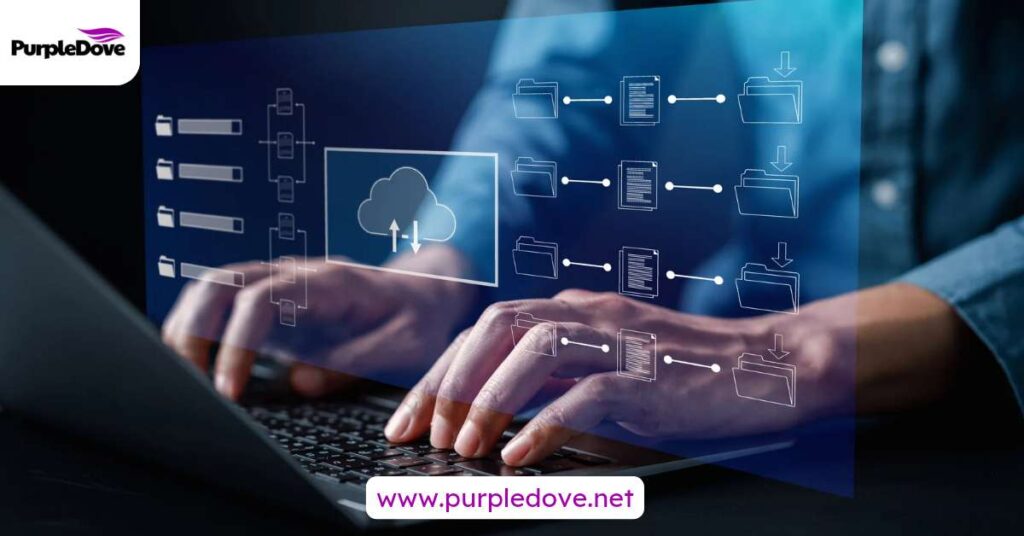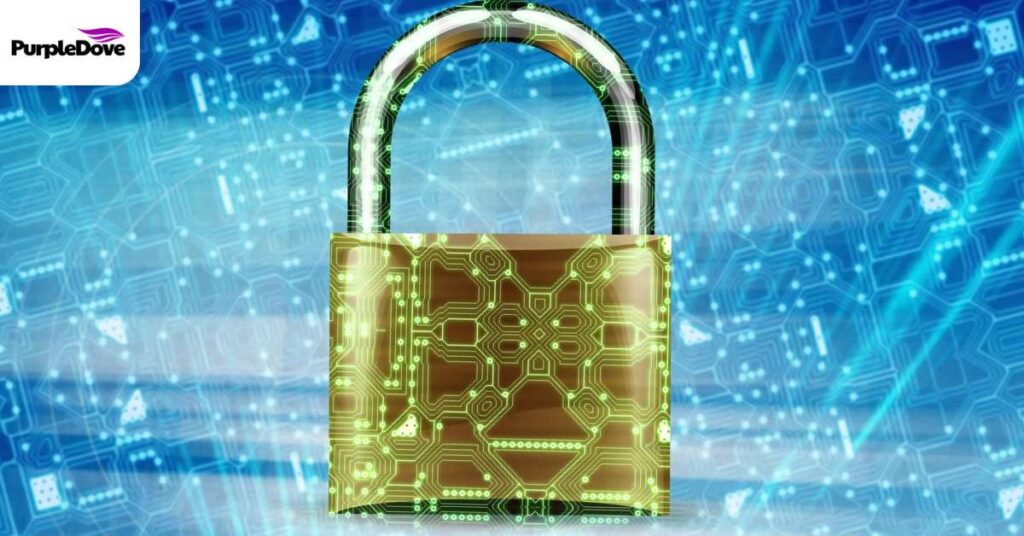Not too long ago, a mid-sized retail company in the UK suffered a major data breach. The attacker gained access through a forgotten admin account linked to their ERP system. Within hours, sensitive data—everything from employee records to financial transactions—was compromised. The cost? Months of damage control, lost customer trust, and a reputation that’s still being repaired.
Stories like this aren’t rare anymore. As more businesses rely on ERP systems to manage daily operations, one thing becomes very clear: keeping that data secure is no longer optional.
In this post, we’ll walk you through what ERP data security really means, why it matters, and what practical steps you can take to protect your business.
What Is ERP Data Security?

ERP data security refers to the tools, processes, and practices used to protect the sensitive information stored within your ERP system. This data often includes financial reports, employee details, payroll records, customer contacts, inventory, supplier information—you name it.
Because ERP systems connect every department in a business, they become a central point of vulnerability. If someone gets unauthorised access, the ripple effect can be huge.
Why ERP Systems Are Attractive Targets for Hackers
Cybercriminals are drawn to ERP systems for one main reason: they hold everything in one place. Think of it like breaking into a single safe that contains the keys to your entire business.
Some of the common gaps that hackers exploit include:
- Weak passwords and shared logins
- Outdated software versions
- Poor user access controls
- Unsecured cloud storage
- Inactive but still-enabled accounts
When these gaps are left open, ERP data security suffers, putting your business at risk.
Common Threats That Undermine ERP Data Security
It’s not always an outside hacker. Sometimes the threat comes from inside your organisation, even if unintentional. Here are some of the most frequent risks:
- Phishing emails targeting ERP login credentials
- Unauthorised access due to overly broad user permissions
- Insider mistakes, like downloading data to insecure devices
- Third-party software integrations that aren’t secure
- Delayed updates or patches, which leave holes for attacks
Being aware of these is the first step in improving ERP data security.
Key Principles to Keep Your ERP Data Safe

Strong ERP data security isn’t just about buying expensive tools—it’s more about creating smart habits and systems that protect your business from inside and out. Below are 5 essential principles every organisation should follow:
1. Role-Based Access Control (RBAC)
Not everyone in your company needs access to everything. With RBAC, you only give employees access to the data and tools they need for their specific roles—nothing more. This helps prevent accidental changes or unauthorised access to sensitive information.
2. Regular Audits and User Reviews
People change roles, leave the company, or take on new tasks. That’s why it’s important to regularly review who has access to what. Audits help identify outdated permissions and reduce the risk of unnecessary exposure to sensitive data.
3. Two-Factor Authentication (2FA)
A password alone isn’t enough anymore. Two-factor authentication adds an extra layer of security by requiring a second piece of information—like a code sent to your phone—before logging in. It’s a simple step that makes a big difference.
4. Encryption of Data in Transit and at Rest
Always ensure your ERP system uses encryption to protect your data—both when it’s being stored and while it’s being transferred. This means even if someone were to intercept the data, they wouldn’t be able to read it.
5. Staff Training and Awareness
Even the most secure system can be compromised by human error. Regularly train your staff on basic cybersecurity practices—like spotting phishing emails, creating strong passwords, and handling sensitive data responsibly.
Cloud vs On-Premise: Which Is More Secure?
There’s a common belief that on-premise ERP systems are safer because you can “see” the servers. But in many cases, cloud ERP systems offer more security—not less.
Cloud providers invest heavily in encryption, backup systems, firewalls, and constant monitoring. That said, security depends more on how the system is set up and maintained than where it lives.
Whichever option you choose, ERP data security requires regular attention and updates.
Choosing a Secure ERP Provider
Not all ERP systems are built the same. When evaluating a vendor, ask these questions:
- How do you handle user access and permissions?
- Do you support encryption at rest and in transit?
- What certifications do you hold (e.g., ISO 27001)?
- How often do you roll out security updates?
- What support is available in the event of a data incident?
If they can’t answer confidently, it might be time to reconsider.
A Quick Note on PurpleDove ERP
PurpleDove ERP has built-in tools to help you stay on top of ERP data security. With simple dashboards for managing user permissions, real-time activity logs, and automatic security updates, it’s designed with peace of mind in mind. Whether you’re running payroll or managing inventory, you’re supported by a system that doesn’t take shortcuts on security.
What’s more, PurpleDove includes several of the must-have features top-performing ERP systems are expected to deliver in 2025 — helping you stay one step ahead in both functionality and protection.
Final Thoughts
ERP data security isn’t just a task for your IT team—it’s a business-wide responsibility. One overlooked login or outdated setting can undo months (or years) of hard work. But by taking practical steps, asking the right questions, and choosing a system that puts security first, you protect what matters most: your data, your people, and your future.
